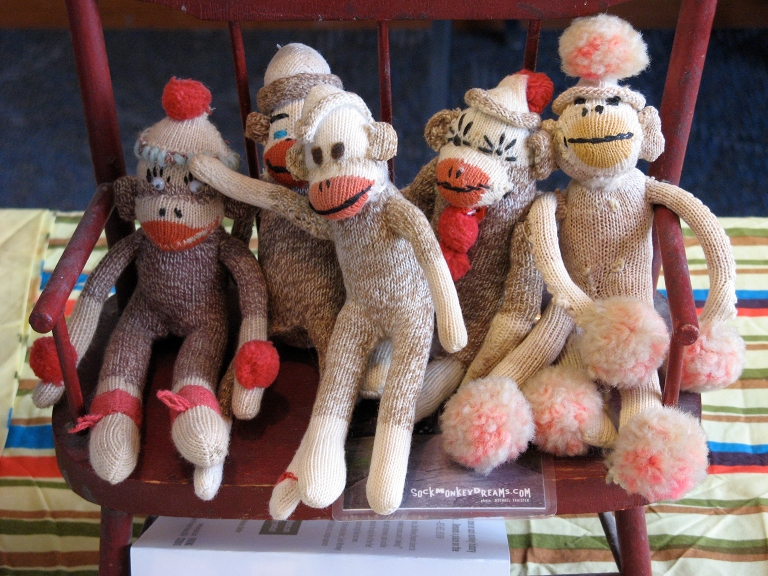“Little boxes on the hillside,
Little boxes made of ticky tacky,
Little boxes on the hillside,
Little boxes all the same.”
(Malvina Reynolds, “Little Boxes,” 1962)
My mother and father were born and bred in Chicago — city kids through and through. In the non-conformist fervor of the 1960s and ’70s, when she was in her mid-20s, as I am now, my mother swore that when she married and had her own family she would never condescend to transfer them to the suburbs and to live in one of its hastily-constructed ‘little boxes.’
But times change, and although my birthright is the city, I was only a toddler when necessity moved us to the northwestern suburbs. Here, in the tendrils of Chicago’s vast cultural seed, I was gifted stability and security. I grew through Elmer’s glue and braces and finally (finally!) graduation with the same, familiar schoolmates year after year in the Vernon Hills school districts. I wandered freely (and yes, even during ‘twilight’ hours) through local parks designed in heated town hall meetings.
Oaklee’s Travel Guide and the ilk gladly steer parents like mine and their little ones to age-appropriate diversions like the incomparable Glenview’s Kohl Children’s Museum where vintage me pushed a pretend shopping cart through a miniature Dominick’s filled with all sorts of plastic goodies.
As one ages in the suburbs, however, these guides become less useful. There’s a reason Mary Tyler Moore moves to Minneapolis to pursue her fabulous ‘make it after all’ bachelorette life. It’s simply easier to be young, optimistic, and experimental in a city where record stores back into organic coffeehouses and Thursday nights bring improv, open mics, and a taxi home tipsy on the trendiest flavored vodka (when there’s a bacon flavor on the market, it might just be time to stop).
However, while the city may be uniformly eclectic, the suburbs are consistently unpredictable. It wasn’t until I was sixteen that I discovered that Rockford, IL was the birthplace of the red-heeled sock, an innovation in which the sock was manufactured without a seam in the heel, that gave rise to the classic Depression-era folk art toy, the sock monkey. Their annual Sock Monkey Festival in March, located in the Rockford Midway Village History Museum, is not to be missed.

And, in the basement of the Rolling Meadows, IL Park District building, operatic arias escape the miniature mouths of the intricate rod puppets performing on a stage only five feet wide and two feet deep. The “Opera in Focus” has been welcomed in the suburb since 1993, where it echoes the now-defunct Chicago restaurant theatre, Kungsholm, where the “miniature grand opera” was performed to the much larger 208-seat theater with a mezzanine and box seats.
In the summers, every. single. suburb. has its own carnival and teenage you dreads running into classmates during this precious time away from school, while adult you relishes the re-connecting with community, simple traditions and recognitions that can be had while savoring a piña colada poured into a carved-out pineapple and served with an absurdly-colored straw.
It is that connection with community that allows the suburbs to remain unpredictable. For example, a suburbanite book nerd (cough, this writer, cough) knows the many independent, used bookstores in Chicago to have the best (and often cheapest) selection. Out here, where driving is a necessity and foot traffic almost nil, these types of non-chain stores have a low success rate. When one does survive, they do so because of a deep need on the part of its neighborhood to distinguish itself.
Evanston claims its artsy, college-town reputation by supporting destinations like Market Price books (prices are determined by the pound: it’s brilliant). Long Grove relies on its historical district for definition and sustains any number of charming shops, such as the famed Long Grove Confectionery and its “sinful homemade chocolates.”
After all, most Chicago suburbs don’t wish to fade into the hillside, fulfilling the stereotypes of city girls. The memorable ones celebrate rather than mourn their differences from The City (less traffic, better parking, stronger safety) and have the “make it after all” modern woman still luxuriating in taking the train into Chicago but also in riding it back.































